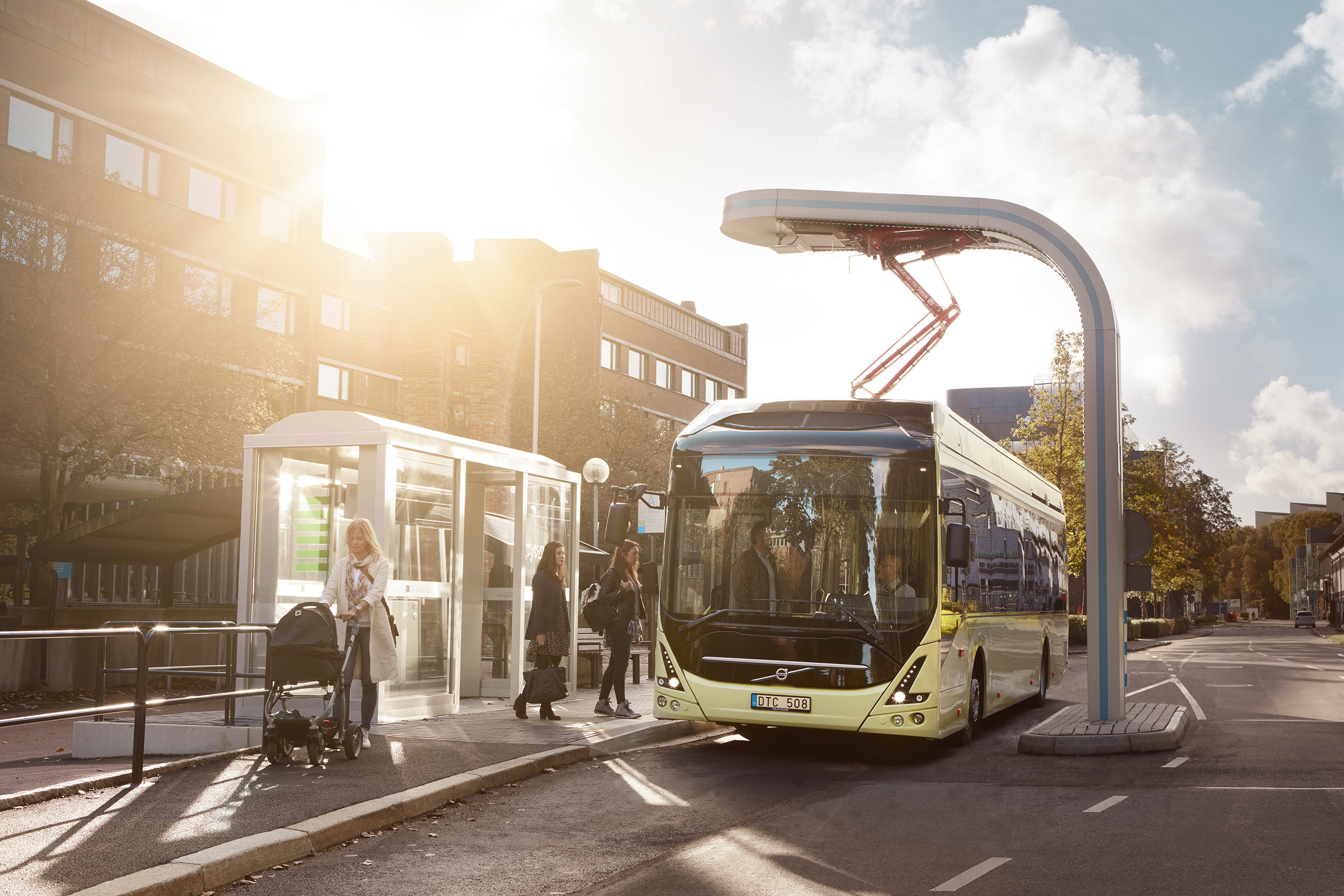The
This draft scheme, which maps out a 25-year framework for managing streets within the City’s ‘Square Mile’, includes establishing a speed limit of 15 mph, with road closures to prioritise pedestrians at peak times and time restrictions on deliveries. The project is expected to reduce overall motor traffic by 25% by 2030 and 50% by 2044.
However, Denise Deedell, policy manager for vans and urban transport at FTA, says greater investment is needed to develop zero-emission vehicles. The first problem, she insists, is that the purchase price of electric vehicles needs to be reduced to become an affordable and realistic option for businesses of all sizes.
“Secondly, there is insufficient charging infrastructure in place. While FTA notes the proposals include a potential charging hub, a nationwide infrastructure strategy is needed for its long-term feasibility,” Deedell adds.
Deedell believes the capital needs a coordinated approach to air quality and road traffic schemes - rather than what she describes as a ‘patchwork’ approach adopted by London’s Hackney Council last month.
Under this %$Linker:
Only ultra-low emission vehicles (ULEVs), which emit less than 75/kg of carbon dioxide, can use streets freely.
The project is funded by London mayor Sadiq Khan’s air quality fund along with the government’s Go Ultra Low City Scheme – a project set-up to help establish London as the ‘ULEV capital of Europe.’
FTA is also unhappy about “clean air zones of different sizes, start dates and charges being introduced across several UK cities”.
"This approach is confusing and unhelpful for logistics businesses and makes it challenging for them to put appropriate plans in place,” Deedell adds.
The final draft of the Transport Strategy will be submitted to the Planning and Transportation Committee for approval on 30 October along with the draft local implementation plan. If it goes ahead, a consultation on both documents will follow between November and January 2019. The final strategy will be submitted in March 2019.
London’s zero-emission plan is premature, warns FTA
Plans to implement a clean air zone in London are premature, says a transport trade body - because zero-emission vehicles are not commercially viable.
The Freight Transport Association (FTA) is unimpressed with the City of London Transport Strategy’s ambition to improve air quality and traffic in the east of the capital and the Barbican area by 2022.
This draft scheme, which maps out a 25-year framework for managing streets within the City’s ‘Square Mile’, includes establishing a speed limit of 15 mp
Plans to implement a clean air zone in London are premature, says a transport trade body - because zero-emission vehicles are not commercially viable.







